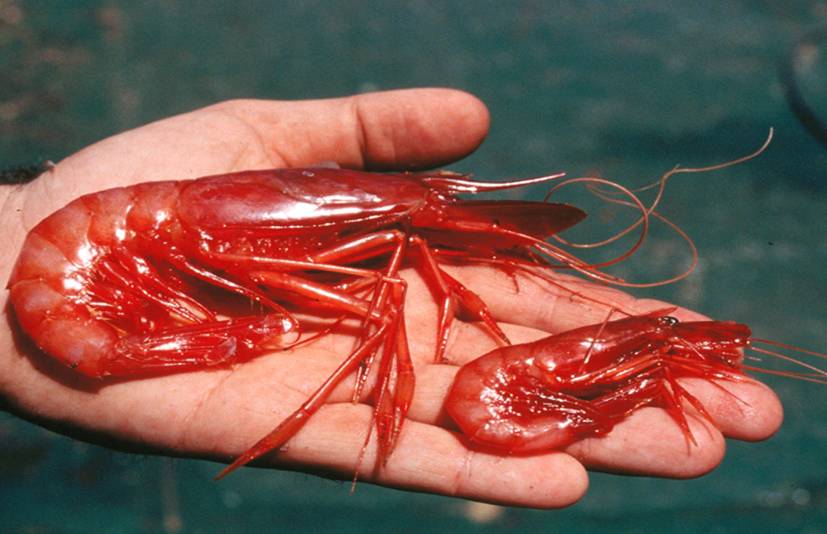In a new scientific discovery, German scientists revealed the production of tissues and fibers from shrimps’ peel that may help in producing organs used in future implantations in the human body.
Head of biological tissues research department at Dresden Technical University, Rolph Deter Hond, said that the production of useful material using wastes is a great process, especially that tones of shrimps and other scaly animals are thrown annually. He noted that his team succeeded in making white, flexible strong fibers and tissues from shrimps’ peel, which will open new medical perspectives.
Hond and his team, in cooperation with Hippa Medica Company, have based the production process of the Chitosan material on smashed shrimps’ peel. The scientists found that the biological fibers of this material enjoy auto-decomposable properties in the human body with time, which makes it suitable for surgeries’ interior wounds.
Chitosan fibers are antibacterial materials that prevent bleeding, and accelerate the healing of wounds. They may also be used in making biological clothes that protect from skin allergy.
Dresden University is currently producing 30-40 meters/ min of the chitosan material. According to Hond, 1.5 kg of the material produces 7000 meters fibers. This project kicked off seven years ago, and the fiber production started from three years.
Rony Bronler, teamwork leader said that they are studying the possibility of using the chitosan fibers in producing bones and other organs that could be implanted in the human body.
